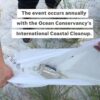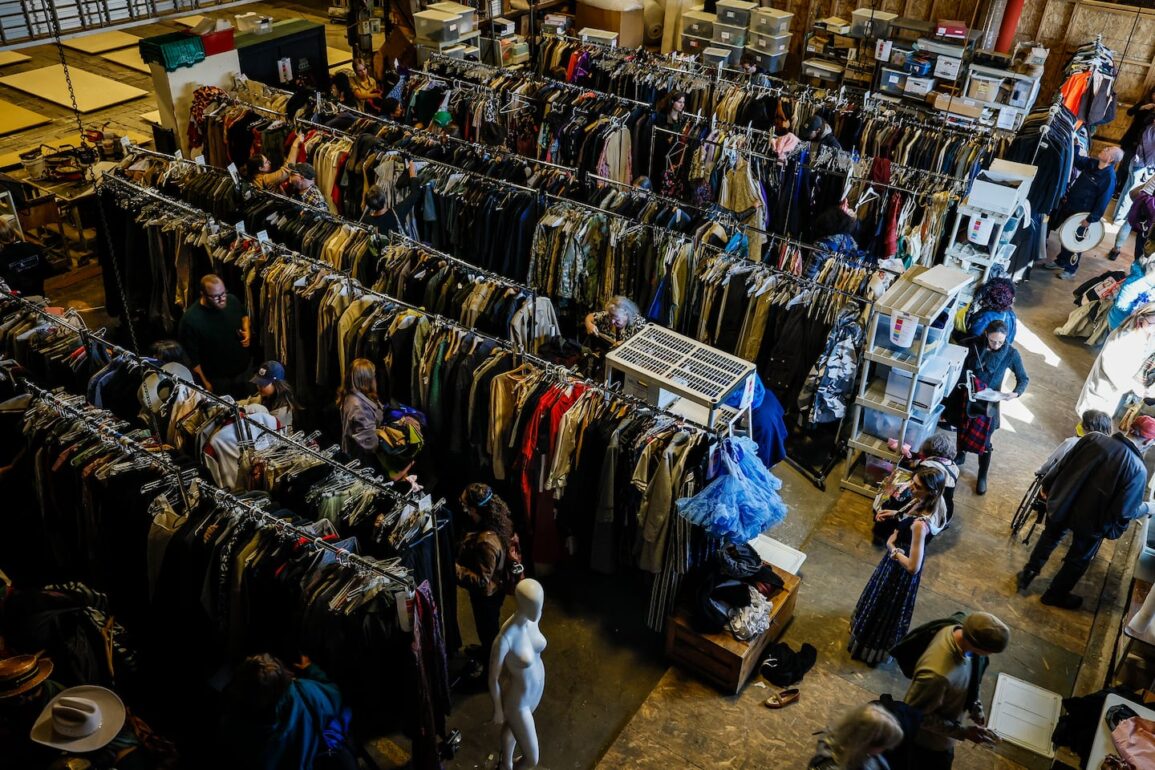CAMBRIDGE — What is the difference between clothing and costume?
In the wardrobe department of Cambridge’s American Repertory Theater, it is a question Alycia Marucci navigates on a daily basis. Her work — running the department and outfitting the actors who take the theater’s stage — is using dress to tell stories. After each production, the company often archives the capsule wardrobes that result, and the collection dates back decades. Some items, such as sport jackets, stick around to be used as staples, but when it comes to the strange, the spectacular, and the specific, some items may languish in obscurity for decades.
But last spring, as the department prepared to relocate its storage, the team decided to set some of these pieces free. So for four days this month, the theater will open its closets to the public, which is invited to help prune the collection through a series of sales. Marucci estimates that more than 20,000 pieces from the theater’s history are on offer — just in time for Halloween.
“For A.R.T. buffs, there’s all kinds of stuff to find in here from that show that you saw a long time ago,” said Marucci.
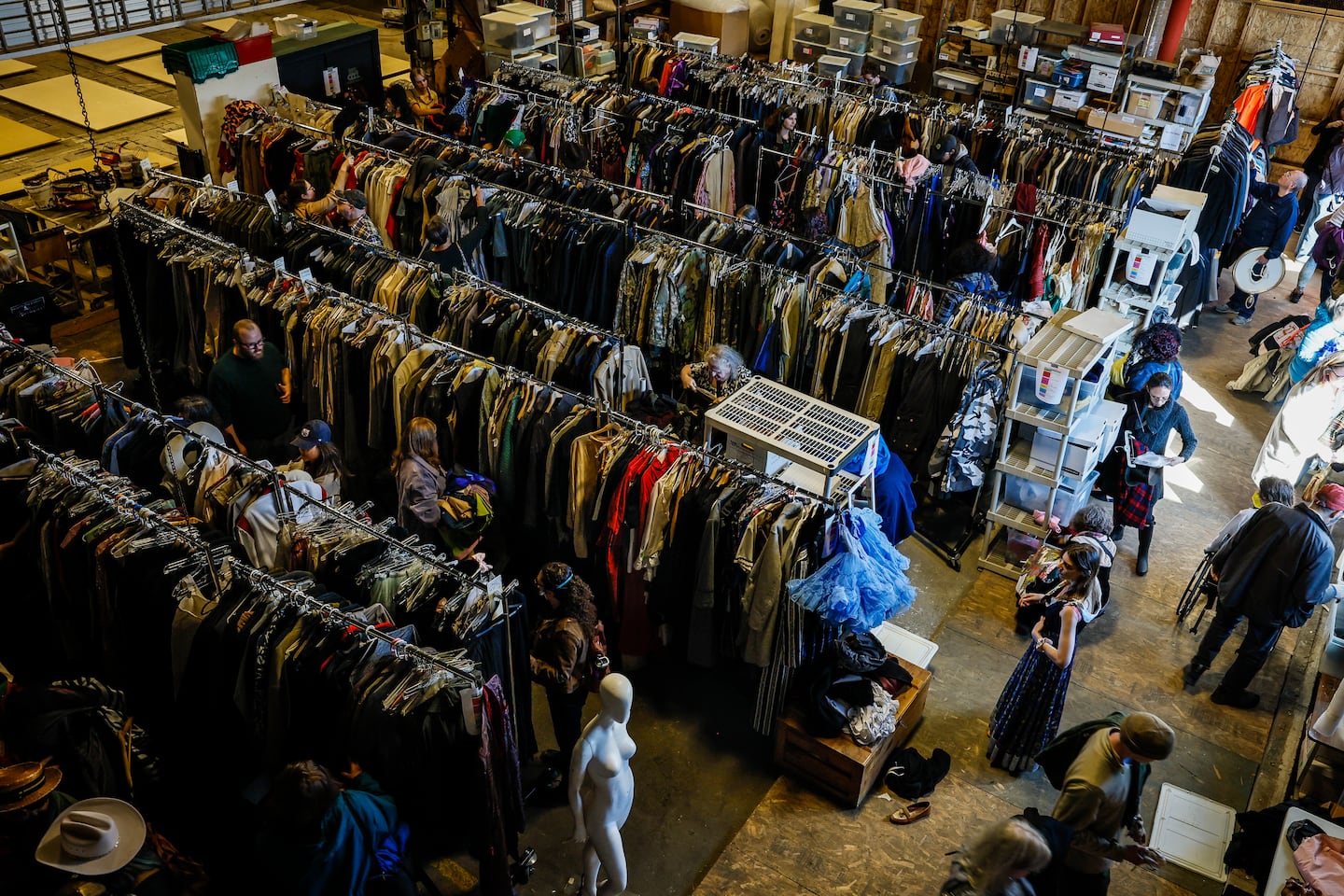
When a theater prepares to let go of what no longer sparks joy, as decluttering queen Marie Kondo would say, it is a different process than tossing away surplus T-shirts. The racks are filled with history and imagination.
The sale contents date to productions as far back as the 1980s, and features clothing owned by the A.R.T. through the past 50 years, representing up to 30 shows. Some were purchased, some custom-made by the costume team, and others introduced by guest designers.
The theater has previously sold costume elements — notably following its 2018 production of “Jagged Little Pill” — but it was a much smaller offering.
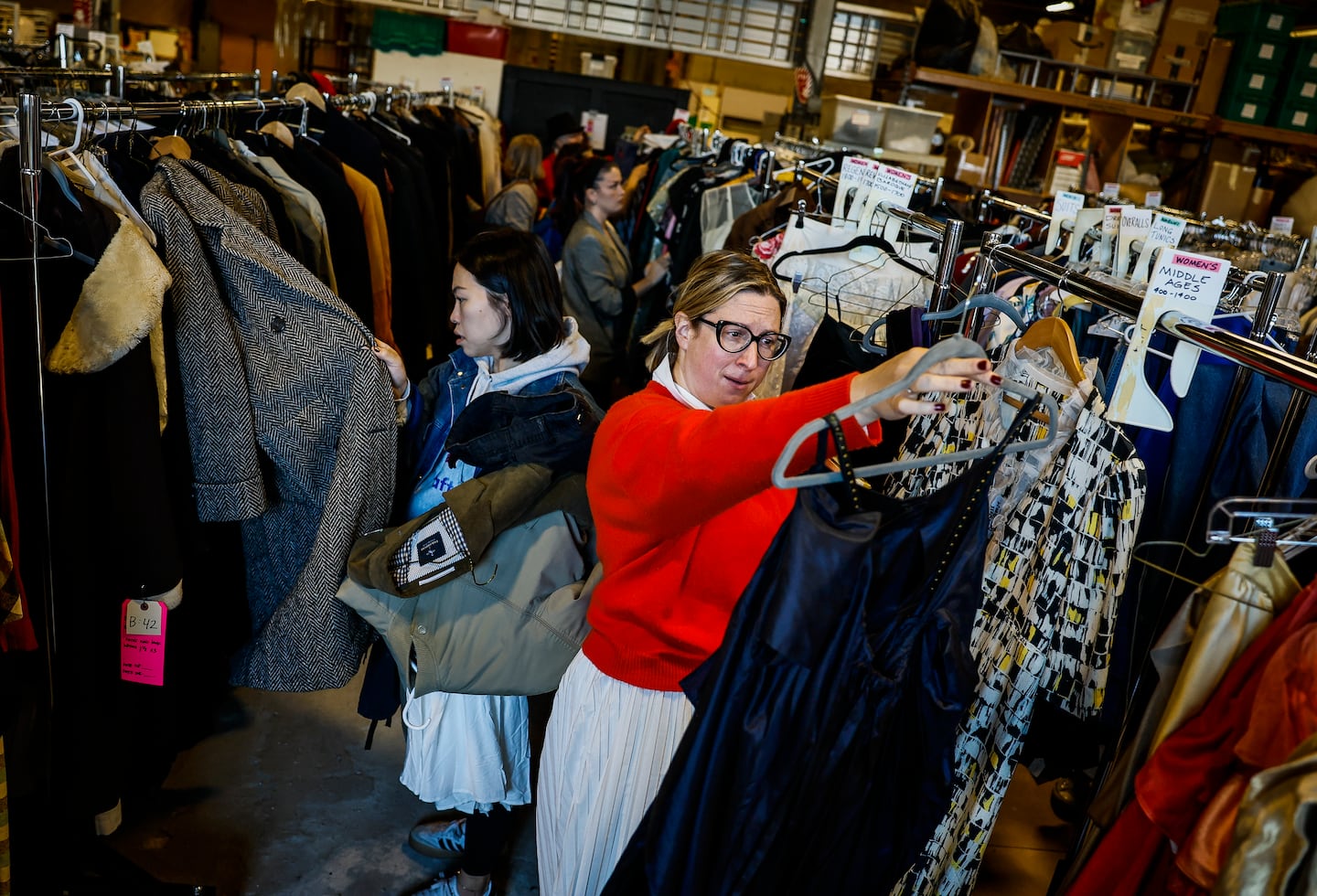
On a recent afternoon, as Marucci finished preparing for the sale, the A.R.T.’s scene shop, based in a Cambridge warehouse, was reconfigured to resemble a vintage boutique. At that point, no price tag exceeded $50.
The musty perfume of wool and leather lingered in the air. Tufts of fur and feather spilled from racks. Eye-catching brocades, draped velvet, and sprays of chiffon poured from the hangers. Along the perimeter, guarded by a row of gladiator armor, labeled stacks of boxes hinted at their contents: sailor hats, baby clothing, “dog masks.” Each item had once served some role outfitting an A.R.T. production.
Erin Clark/Globe Staff
A Gaultier-reminiscent cage dress and elaborate headpiece once adorned the character Time in “The Lily’s Revenge.” A pair of cream-colored slingback heels were once worn by Stephanie Umoh in “Johnny Baseball.” Marucci pointed to a sequin-spangled jacket.
“This was worn by [Michaela Jaé] Rodriguez, who is on the show “Loot,” and who was on the show “Pose” when she did our production of Burn All Night,” she said.
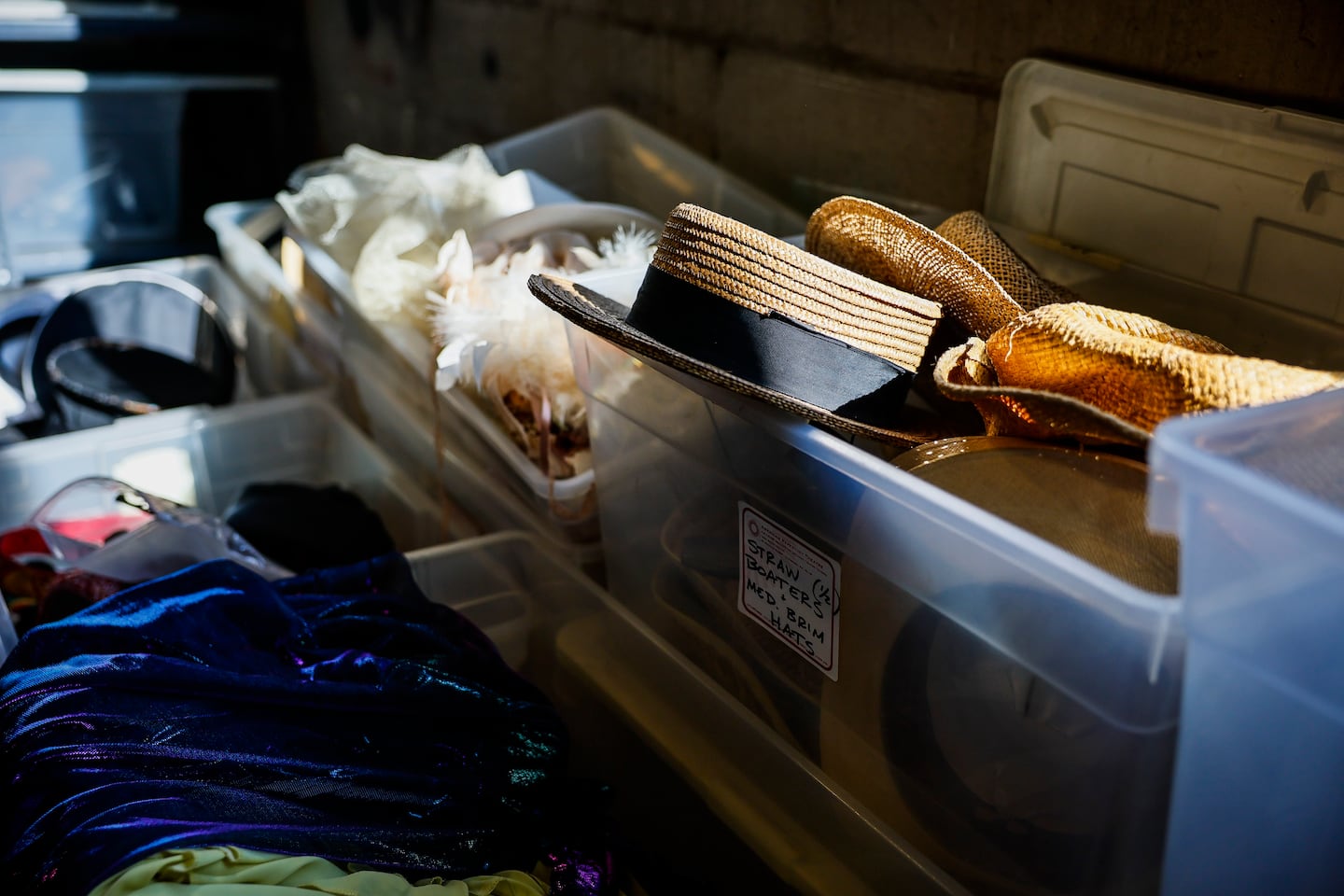
Some items never saw the spotlight: duplicates that weren’t chosen mean some of the collection is just about new. For example, Marucci noted a pair of satin dresses with dramatic, structured sleeves chosen for Sharon Catherine Brown, who played the nurse in the theater’s recent production of Romeo and Juliet.
In addition to Marucci’s archivist eye, many garments are labeled with their corresponding production. She tugged on a jacket, revealing a faded A.R.T. label sewn into the collar, which indicated the piece had been used in a production of “Henry IV” in 1993.
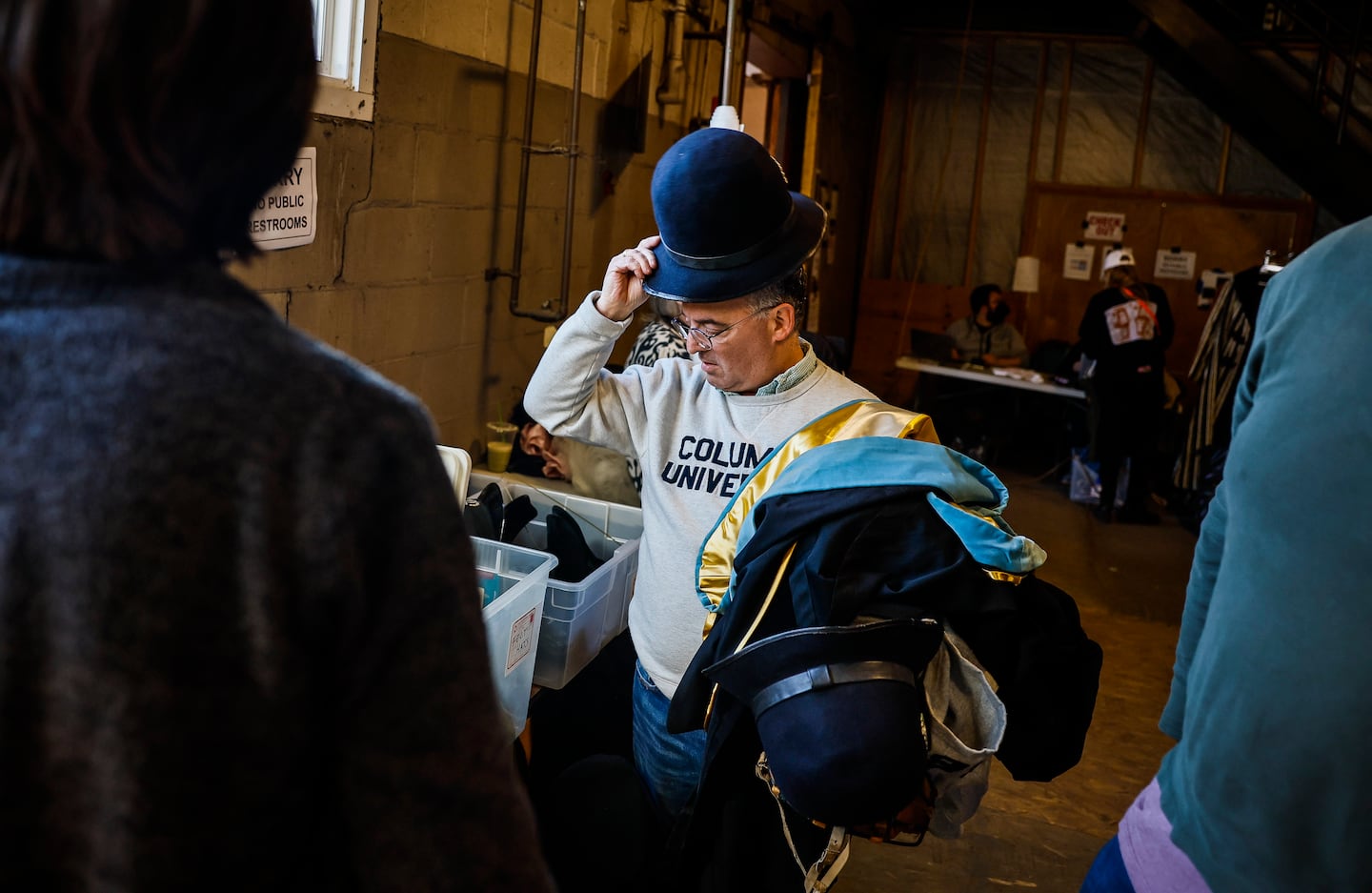
“These distressed raincoats were options for ‘Moby-Dick,’” she explained. “This one,” she said, displaying a svelte, structured jacket embellished with filigree, “was Captain Ahab’s.”
Some costumes make an obvious transition from stage to holiday: a military-style uniform singed with burn marks and spattered with fake blood makes sense on Halloween. But Marucci has a knack for discerning vision from more abstract pieces, too.
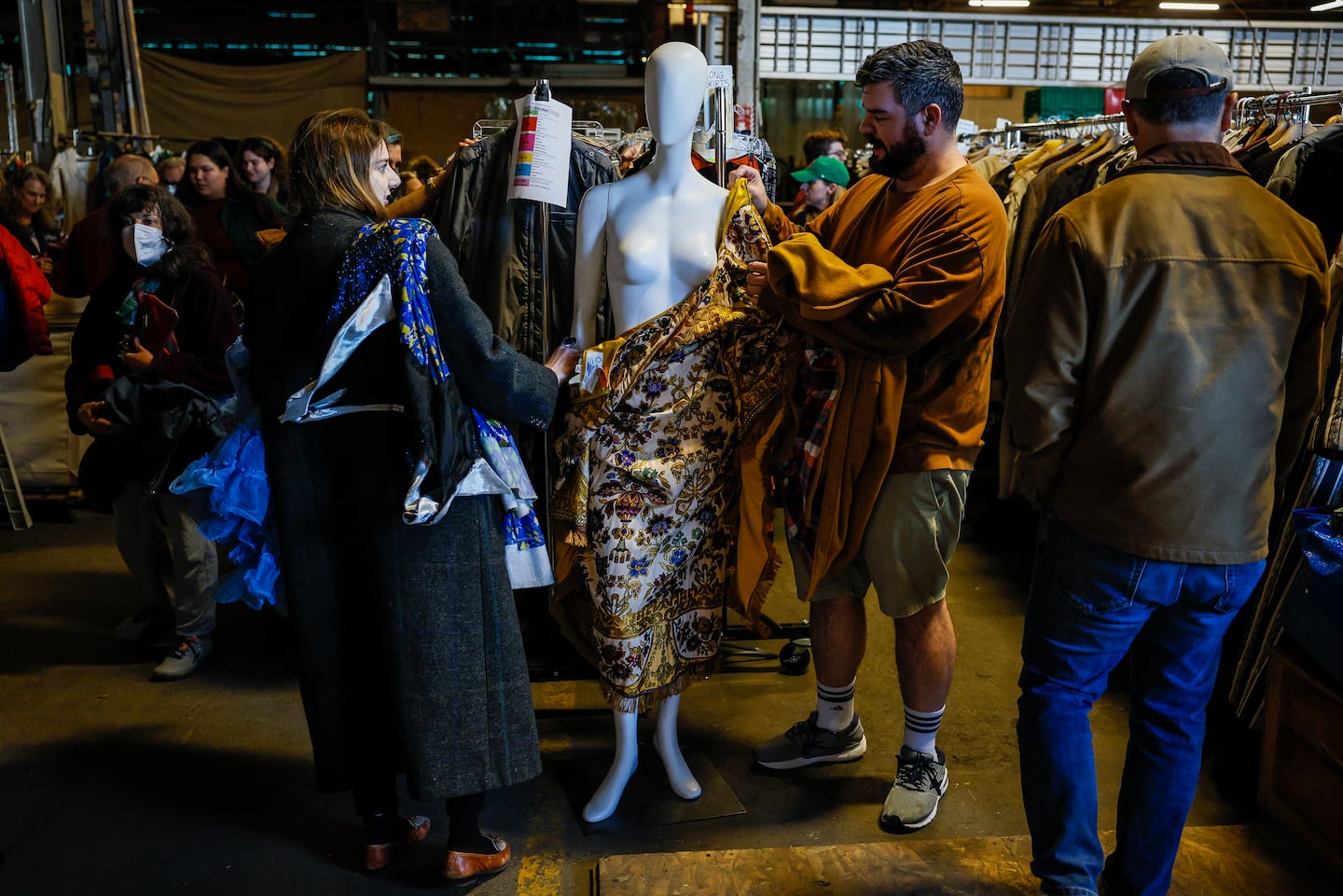
A gold cape, embroidered with circular patterns, invoked the base of a sun costume to Marucci. To complete the look, someone could rummage for one of the theater’s bold collars, and add a gold hat.
“It’s all about the details,” she said. “It’s about the belt and the shoes… If you’re wearing other accessories that indicate what the actual costume is. But this is the starting point for that sort of broad stroke.”
A plush faux fur coat in chartreuse could be an avocado costume, said Marucci. And a brocade duster with a fur-trimmed collar could become a lion.
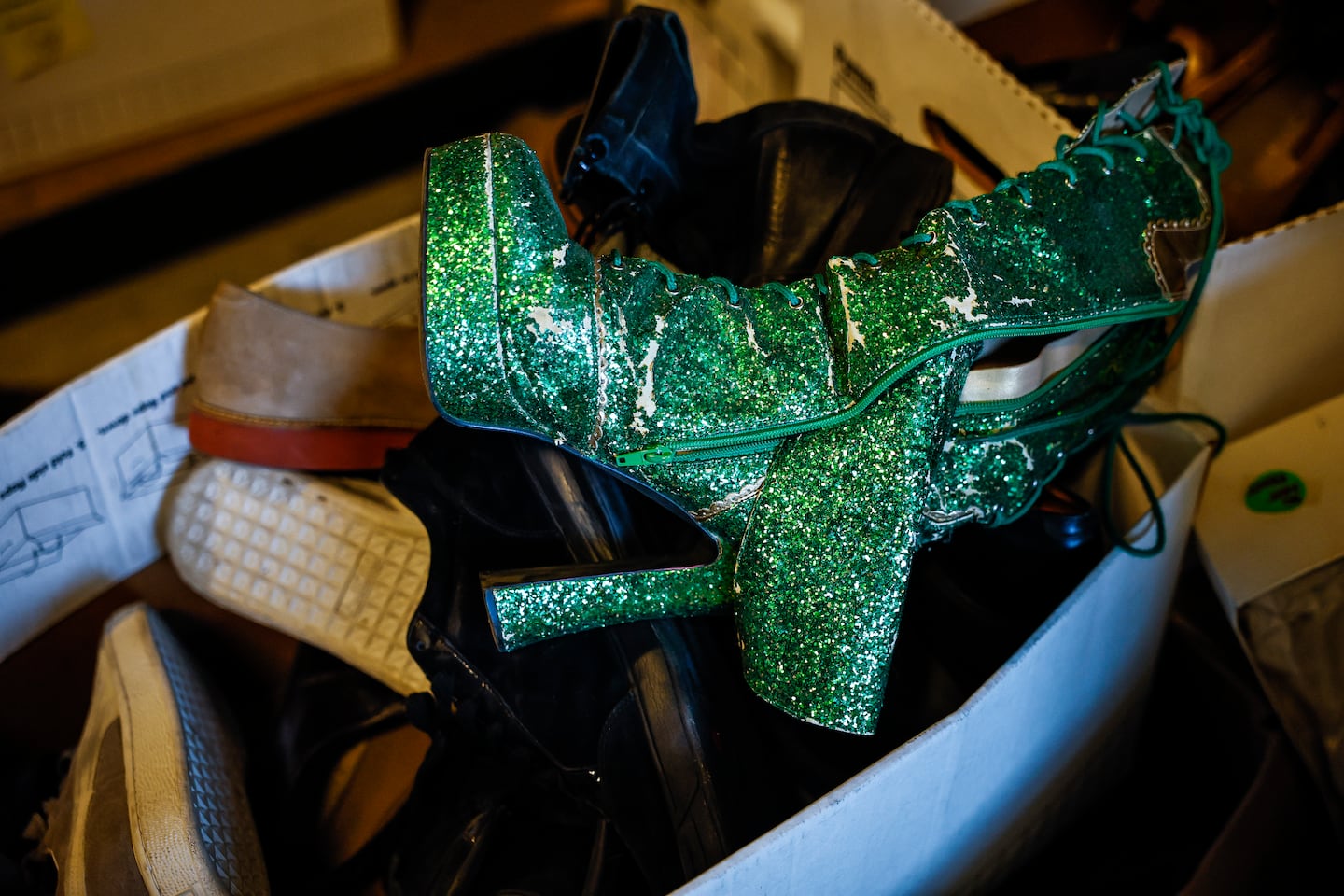
As the veil may grow thin this time of year, so may the fabric of old clothing. Some of the collection is fragile with age, and suitable for just a few more wearings, or is ready for the hands of a deft repairperson. But as theater may require frequent transitions and constant movement, some clothing used in theater may also come with unexpected strength: many items have been rebuilt to be sturdier, boasting reinforced zippers and Velcro panels made for quick changes.
Onstage, costume enables an actor to embody a character, and do so in a repeatable way throughout a show’s run. Some costumes may influence an actor’s posture and movement.

“That’s really the heart of what we do in the wardrobe department,” she said. “Because if you’re singing 12 songs, and you’re dancing in a musical for two and a half hours, you don’t really have time or want to think about what your hair looks like or what your costume looks like.”
Marucci, herself, hasn’t worn a costume in a long time.
“As I started working in costumes, I sort of stopped wearing them,” she said.
Or has she?
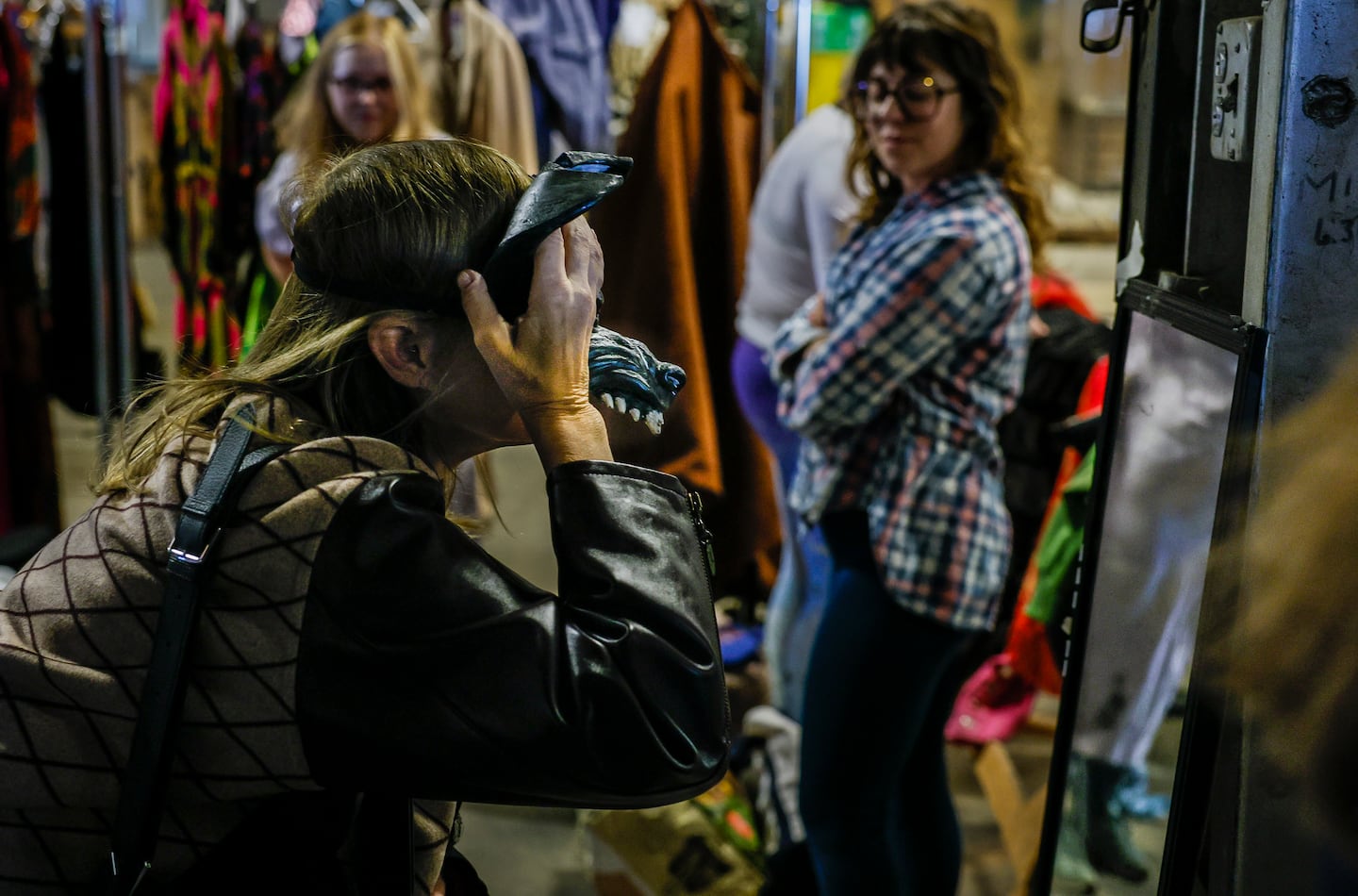
Getting into character is an everyday practice, and she acknowledges that all clothing sends a message. While Marucci personally opts for practical, comfortable outfits suitable for the physical labor of theater production, she said that style can also help broadcast approachability to new performers.
The line between clothing and costume may be a fuzzy one, especially when that function may be to tell a story.
“Well, I think everybody chooses their look, right?” she said. “You can learn a lot about a person by what they’re wearing and how they present themselves.”
Marucci said the difference between clothing and costume comes down to its function.
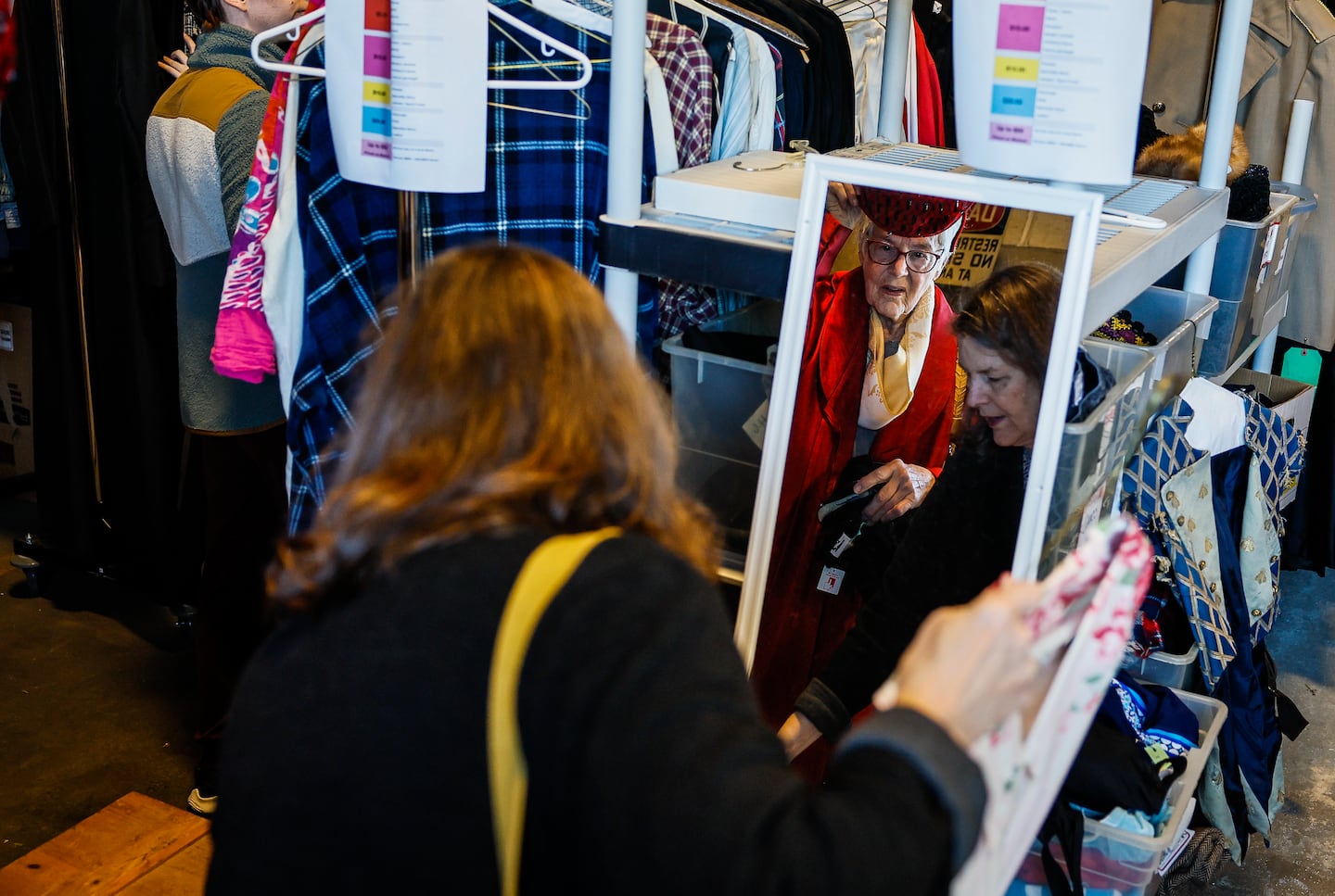
“Often in the wardrobe apartment, we say the difference between clothing and a costume is a pocket,” she said.
That is to say, the usefulness of a pocket usually transcends appearance. She slipped her hand through the pocket of a silver jacket, only to find it was ornamental. In an instant, a firefighter’s jacket read more like a spaceman costume.
The Halloween costume has roots in tradition in which disguises helped protect their wearers from spirits who, once a year, crossed into the realm of the living. For many adults, it’s also a chance to cross a line: with their wardrobes.
It is a chance, said Marucci, for others to use dress to tell a story about themselves, as the theater practices with its characters throughout the year, and she is pleased to invite others to join in the practice, even for one night only.
“Everyone likes to pretend, right?” she said. “Pretending is fun.”
A.R.T. Costume Sale: Oct. 18-19, 25-26, 10 a.m. – 5 p.m. A.R.T. Scene Shop, 155 Fawcett St. Cambridge 02138 americanrepertorytheater.org/shows-events/art-costume-sale/
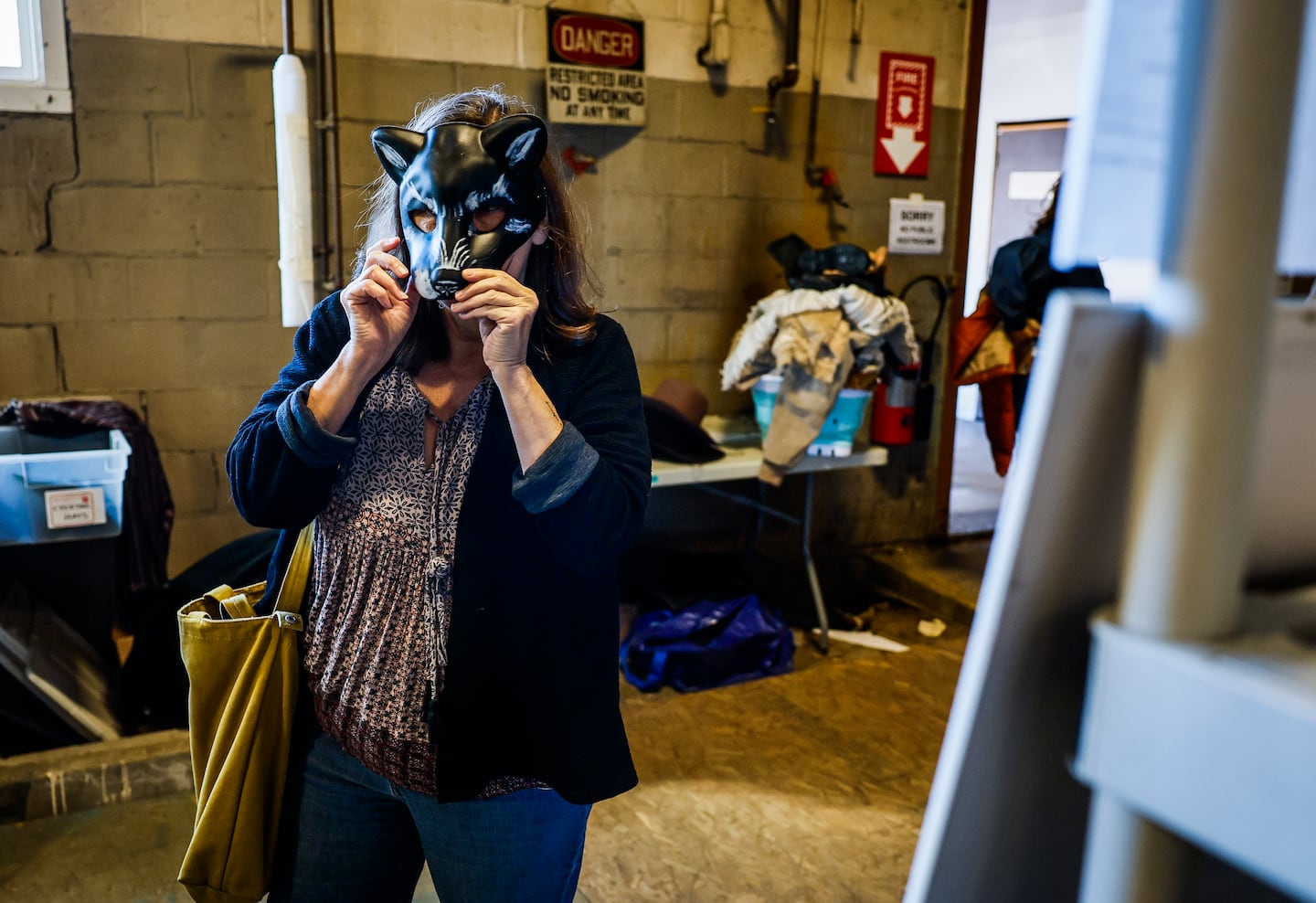
This post was originally published on this site be sure to check out more of their content

